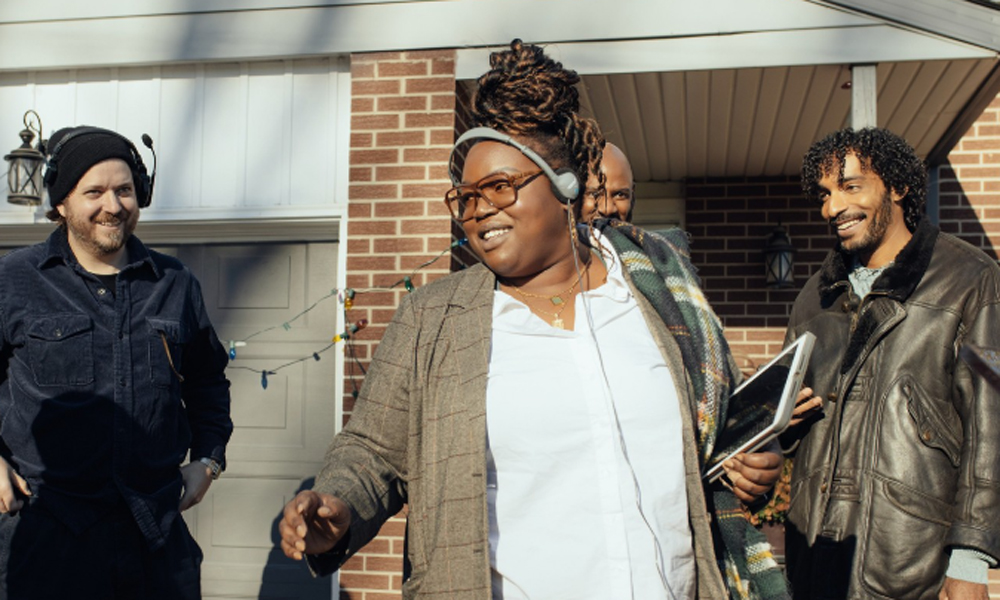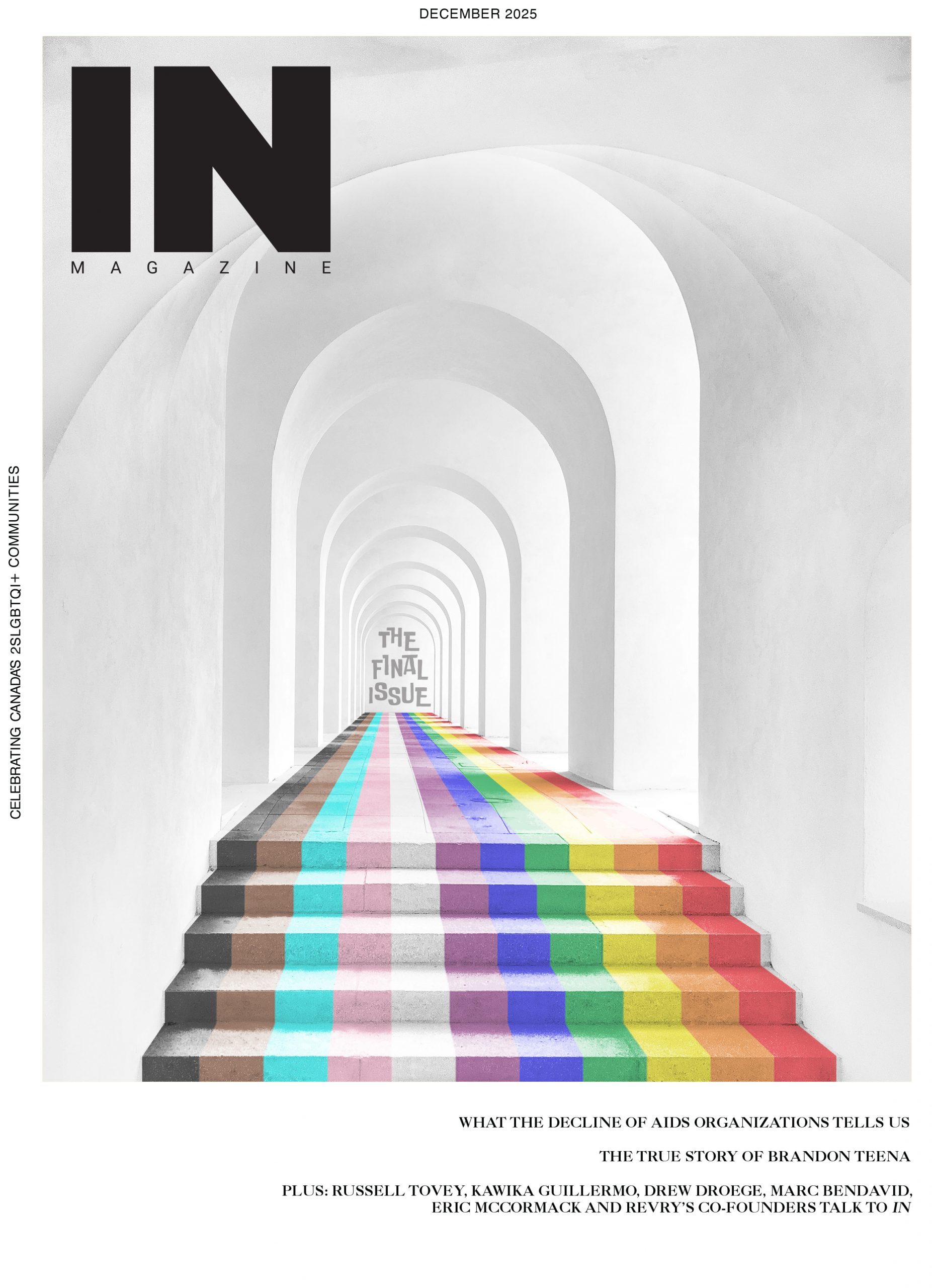According to a new report 41% of all LGBTQ+ characters on television will not return next season due to cancellations, limited series runs, or a character dying or leaving the show…
For the last few seasons LGBTQ+ representation on television has been on the rise thanks to a collection of highly praised scripted TV series…but, that is about to change. GLAAD has released the 20th edition of its annual Where We Are on TV study and the results show a disappointing trend for next season.
GLAAD’s study counted LGBTQ+ regular and recurring characters who appear on scripted series during the 2024-25 television season (June 1, 2024 – May 31, 2025) on streaming services, cable networks, and primetime broadcast television. Of all 489 LGBTQ+ characters counted across all platforms, 201 (41%) of them will not be returning next season due to series cancellations or endings, limited series format, or a character dying or leaving the show.
Of those same 489 LGBTQ+ characters, 159 of them (33%) specifically won’t be returning due to series cancellation or ending. 192 (39%) of the 489 characters appear on series which have been renewed, while 96 (20%) appear on series that are pending official public renewal or cancellation announcements.
“For the past two decades, our Where We Are on TV study has shown progress on screen, which has helped usher in change and advancements for the LGBTQ community,” said Sarah Kate Ellis, CEO and President, GLAAD. “Nearly a third of non-LGBTQ Americans say that LGBTQ-inclusive media has changed their perception of our community. Today, we are at a critical juncture, with hateful rhetoric running unchecked from politicians and newsmedia and given a falsely amplified platform, even as the majority of this country overwhelmingly supports the LGBTQ community. With so many diverse, entertaining, and impactful series being canceled at an alarming rate, it is imperative that networks and streamers do not back down.”
On the eight major streaming services (Apple TV, Disney+, HBO Max, Hulu, Netflix, Paramount+, Peacock, and Prime Video) tracked, GLAAD counted 233 LGBTQ series regulars and 139 LGBTQ+ recurring characters, for a total of 372 LGBTQ characters throughout the 2024-2025 season.
On primetime scripted broadcast series, GLAAD found that 9.3% of series regulars (40 of 432) were LGBTQ. There are an additional 13 recurring LGBTQ+ characters on broadcast which brings the total to 53 LGBTQ characters on broadcast.
On primetime scripted cable series, GLAAD counted 47 LGBTQ series regulars as well as 17 LGBTQ recurring characters, for a total of 64 LGBTQ characters on cable.
Of the total 489 LGBTQ characters, 33 were transgender (this includes 24 trans women, seven trans men, and two nonbinary characters), and 98 are bisexual+ (this includes 70 bi+ women, 27 bi+ men, and one bi+ nonbinary character).
Just over half of the LGBTQ characters total across all platforms are people of colour at 248 out of 489 characters, there were 12 LGBTQ characters counted with a disability, and only one LGBTQ+ character was counted living with HIV.
“Inclusive stories resonate with audiences and drive business success. Over 84 million American adults say they’re more likely to watch a TV show if it features at least one LGBTQ character,” said Megan Townsend, Senior Director, Entertainment Research and Analysis, GLAAD. “The LGBTQ buying power in the U.S. is an estimated $1.4 trillion and is set to grow, with 23% of Gen Z adults identifying as LGBTQ—a number that continues to rise and which we see at similar levels across the globe. This influential audience has contributed to the financial and critical success of shows like Hacks, Abbott Elementary, Yellowjackets, Stranger Things, The Last of Us and more, which have connected with audiences interested in quality storytelling and unique perspectives. This audience has continued to tune in year after year and who further support their favorite franchises through merchandise and experience purchases, social media, and more.”
GLAAD’s Where We Are on TV study has tracked the presence of LGBTQ+ characters on primetime scripted broadcast and cable series as well as scripted streaming originals for two decades and provides essential guidance for the future of inclusion in television.






POST A COMMENT